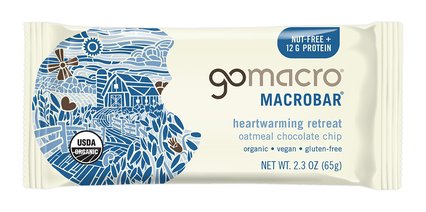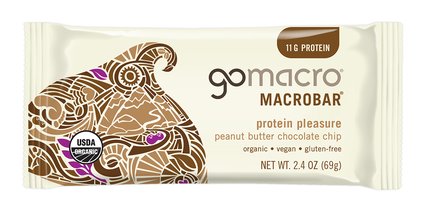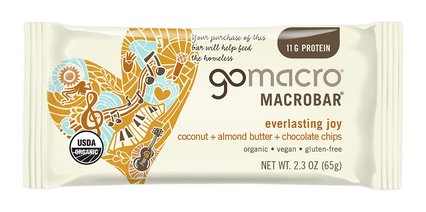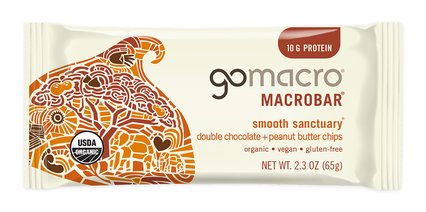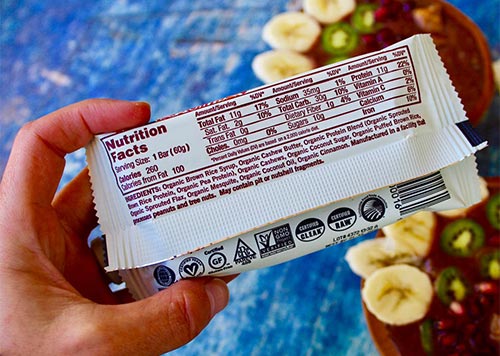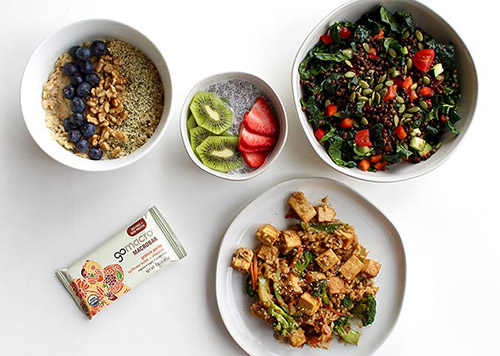Sun Safety Tips for Summer
As the days get warmer, we inevitably find ourselves spending more time outdoors in the sunshine – at the beach, on the trails, poolside, on the patio, and even just out running errands. The benefits of spending time outdoors are well-documented, but in order to stay safe and healthy, it’s key to practice sun safety.
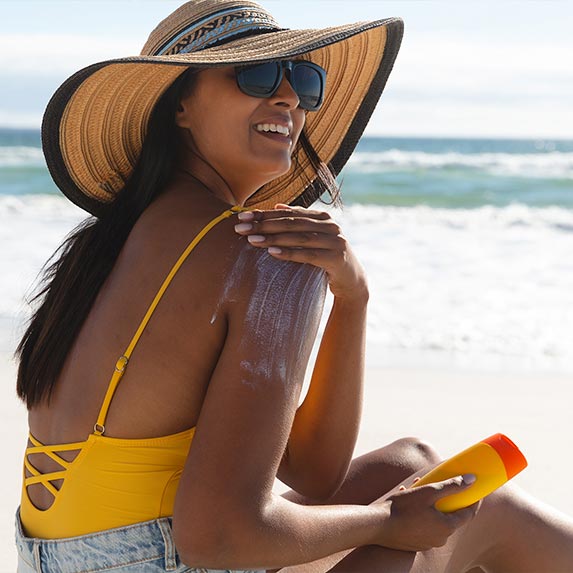
There are few better feelings than the summer sunshine on your skin but going out without sun protection means exposing yourself to harmful UV rays. Those rays are responsible for 80% of premature skin aging such as wrinkles and sunspots, and sunlight can permanently darken scars. More seriously, sun exposure is a leading cause of skin cancer, which one in five Americans will develop in their lifetime.
Luckily, following a handful of simple sun safety practices can help lower your risk of skin damage and keep you healthy while you enjoy the sunny days ahead.
1. SPF every day.
There are many ways to protect yourself from the sun, but no matter what else you do, you should be wearing sunscreen every single day. When used correctly and consistently, it’s the only way to guarantee you’re guarded against harmful rays.
According to Stanford Health, most people use only about one-fourth to half of the sunscreen they need to achieve the SPF level that is contained in the product. Look for SPF 30 or higher and be sure to apply at least 2-3 tablespoons of sunscreen to your body and 1 tablespoon to your face. Reapply every 2-4 hours if you’re out in the sun, and more if you’re in the water.
Oh, and don’t forget your lips and scalp are skin too! Grab a lip balm with SPF and throw on a hat to keep yourself safe and comfortable.
2. It’s good to be shady.
When we hear “sun safety,” our first thought is usually sunscreen – and SPF is definitely key – but whenever possible, shielding from the sun should be our next line of defense. Rather than sitting directly under the intense rays, look for a shady spot in the park or a covered section of the patio. Bring an umbrella, tent, or canopy to the beach to lounge under. This is a great way to reduce how much sun you’re exposed to in the first place. However...
3. Remember the sun reflects.
Even if you’re sitting in a shaded area, don’t forget that up to 80% of the sun’s rays reflect off sand, water, snow, and concrete, so just blocking overhead rays doesn’t always mean you’re totally covered. Be sure to still wear sunscreen as mentioned above.
4. Consider your clothes.
If your skin is covered, you’re protected from the sun, right? Not quite! UV radiation can easily penetrate many fabrics, which is why sunscreen is still your number one defender. As nice as a breezy linen tank feels on a hot day, it’s not doing much for you in the sun safety department.
While you likely _do _want some amount of sun exposure for its natural health benefits, if you’re at risk, or hope to maintain the utmost protection from the sun’s harmful rays, take into consideration the steps below.
For maximum sun protection, opt for long sleeves and pants in dark colors and tightly woven fabrics like denim, canvas, or synthetic fibers. A good rule of thumb is that if you hold it up to the light and you can see light coming through, then UV rays can easily reach your skin. For example, a white t-shirt only provides about SPF 7 while a long-sleeved denim shirt is SPF 1,700. If you’re going to be in the water, look for a UPF rash guard to protect your arms, chest, and shoulders while keeping you comfortable.
5. Don’t forget the accessories.
Hats and sunglasses aren’t just a style choice in summer – they're a necessity. A wide brimmed hat helps keep the sun off your face, neck, and shoulders, and there are lots of options to choose from. Just remember that baseball caps and loosely woven straw hats don’t offer much protection as a thicker or UPF hat.
Your eyes also need protection from the sun, and since there is no way to protect them with an SPF, sunglasses are key. Look for UV protection and large frames which will offer more protection and cover the entire eye.
6. Avoid mid-day sun when possible.
UVA rays, which penetrate skin deeply, are present all day, all year round, and do contribute significantly to sun damage over time. However, the even more intense UVB rays, which penetrate the outmost layers of your skin and are associated with sunburns, are present mostly between 10am and 4pm when the sun is high in the sky. Try to avoid direct sun exposure during these times when possible and opt for shade and plenty of SPF when you can’t avoid it.
7. Remember sunshine isn’t only outdoors – or only in summer.
Both UVA and UVB rays are present year-round, even when it’s cold or overcast, so these tips apply no matter what season it is. While UVB rays can’t penetrate glass, UVA rays can, which means you’re not 100% protected indoors if you can still see the sun.
This is especially important to remember on car rides as windshields protect from most UV rays, but side windows and sunroofs typically do not. So, before your next road trip (or if you’re enjoying an afternoon on the sun porch), be sure to apply SPF, cover up exposed skin, or apply UV blocking film to your car windows.
So, get out there and enjoy all the great outdoors has to offer this summer – without worrying about painful sunburns or skin damage. All it takes are a few steps to stay sun safe all year!
